OnePlus Open review: the new king of foldables reigns supreme
The OnePlus Open, the company's first foldable phone, has some tricks even established competitors can't beat
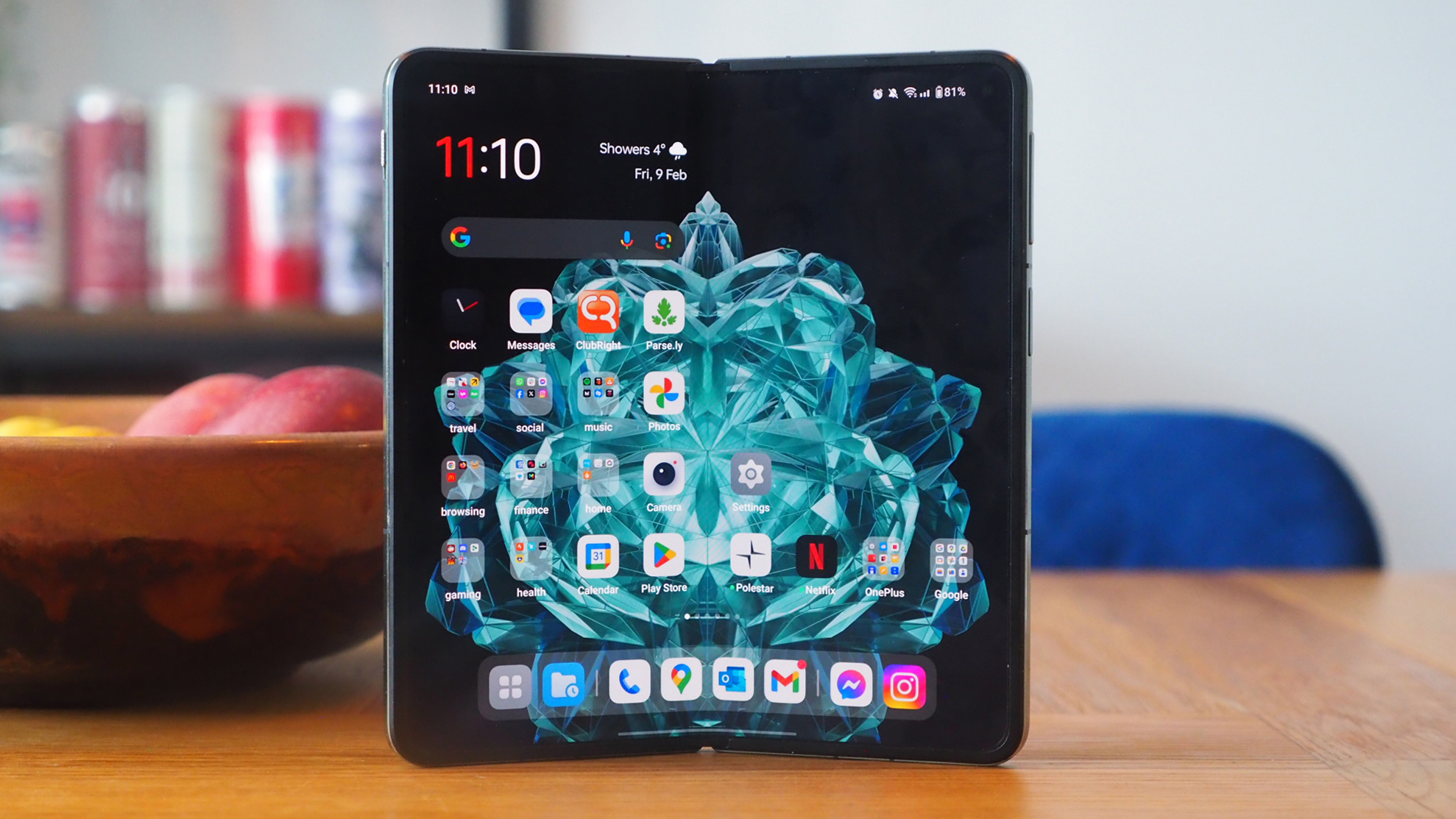
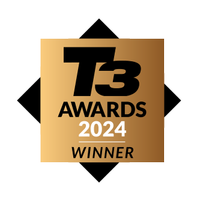
OnePlus' first foray into the foldables market is an undeniable major success. The Open doesn't compromise in any one department compared to its key competition, making for an experience that can't be rivalled right now. That said, with a folded form-factor that's so successful you may not use the near-square format unfolding display as often as you might think.
-
+
The slightest display crease of any foldable
-
+
The most satisfying opening mechanism
-
+
No-compromise approach to cameras
-
+
Great power and battery life
-
-
Will you really use it unfolded enough to justify?
-
-
That camera bump is bloomin' massive
-
-
Some software irks
Why you can trust T3
I've been using the OnePlus Open for around five weeks now, but have only come to review the brand's first foldable late in the game because the (also wonderful but altogether different) Samsung Galaxy S24 Ultra became a priority. And while I wouldn't suggest that OnePlus's non-foldable flagship, the OnePlus 12, beats the Samsung as being the best Android phone – when it comes to the best folding phones it's quite a different story.
That's because the OnePlus Open is a much more 'normal phone size' when folded, unlike the Samsung Galaxy Z Fold 5 and its unusual cover display proportions, making the outlier an immediately more usable device in my opinion. Indeed, it's so commendable in its folded position that I've often not made full use of the main display hidden within. Which begs the question: has OnePlus made the best foldable phone but removed much need for its existence in the same breath?
I've had a tumultuous relationship with folding phones over the years: from the re-launch of the Motorola Razr almost five years ago, which revived the clamshell and proved interesting but impractical; to the champion of Android, Google, releasing the Fold last year and, frankly, failing to realise its potential. OnePlus, however, is hands-down the best foldable I've ever handled (which is basically all of them) and if you're in the market for an all-in-one tablet-and-phone-like device here's why it reigns supreme.
OnePlus Open: Price & Availability
There's no avoiding it: folding phones cost a fair whack, as you're getting a lot more tech than you would from one of the best flagship phones. More screen equates to more cash out of your bank, with the OnePlus Open demanding £1,599 / $1,699 / €1,849 to buy outright. There's no Australian price, as the OnePlus brand explores that market.
Now that sounds like a lot (because it is, of course), but take it in context and consider that the Open comes with 512GB storage plus 16GB RAM and I think that adds greater perspective. An iPhone 15 Pro Max with the same storage capacity would cost £/$1,399, for example, so isn't miles off that mark.
OnePlus Open review: Features & What's New?
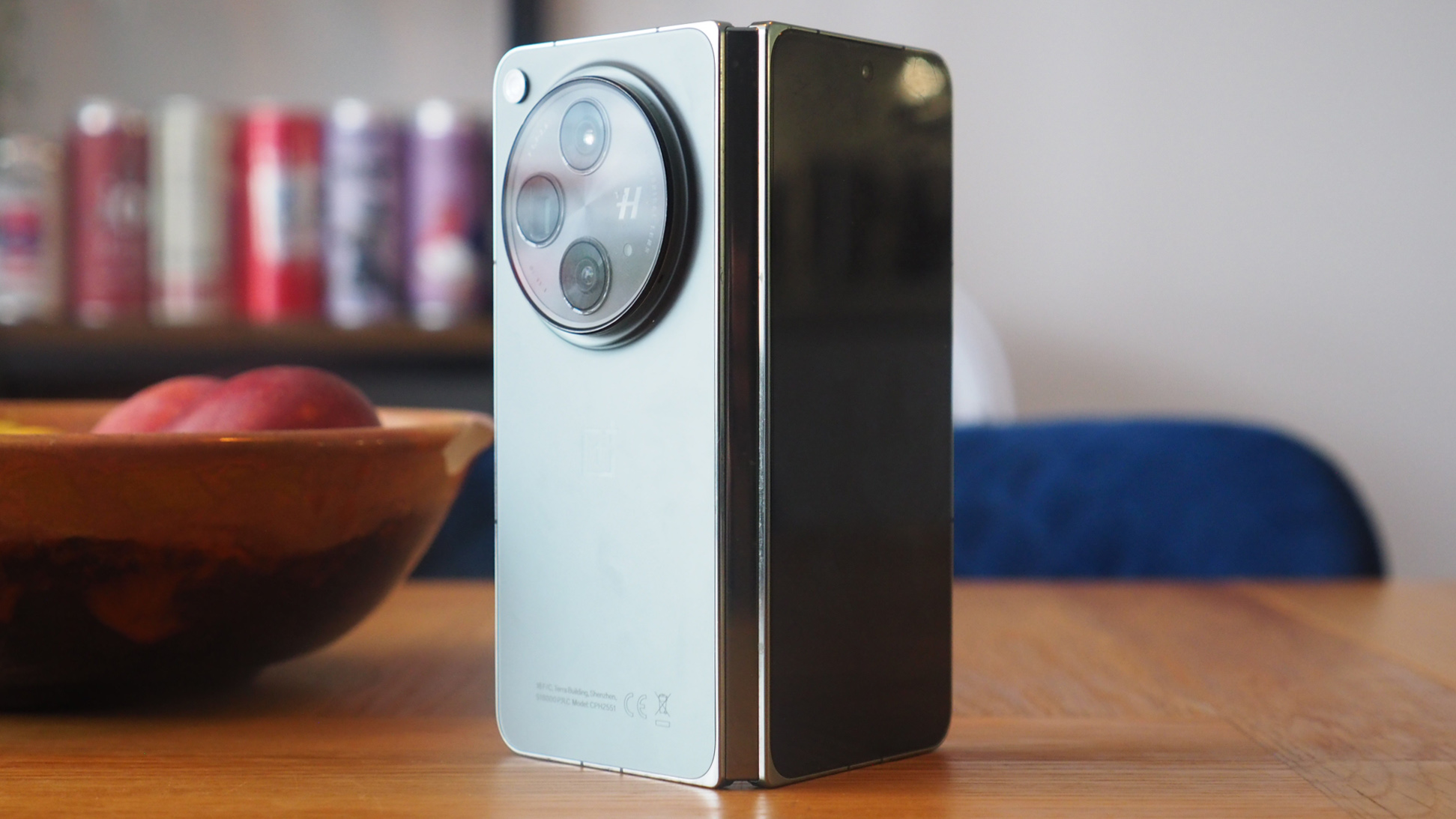
- Unfolded: 153.4 x 143.1 x 5.8mm
- Folded: 153.4 x 73.3 x 11.7mm
- Weight: 239g
As OnePlus' first foldable phone, the Open is an all-new design, so while I can't compare it to any predecessor, I can certainly compare it to other key rivals. And the most standout feature about the OnePlus Open is that its internal display features the slightest display 'crease' I've ever seen in a folding phone – which puts all other brands to shame in my opinion.
Not only that, the main display, at 6.31-inches, looks and feels close to a standard flagship Android phone. And with a folded thickness of 11.7mm, it's not a million miles away from the 8.6mm of the Galaxy S24 Ultra, especially if you adorned it with one of the best cases – I've never felt as though it's too big like some older foldables. There is competition, though, as the recent Honor Magic V2 is even skinnier.
Compared to many other foldables on the market, OnePlus has also gone down a no-holds-barred approach with the Open's camera setup. The circular bump on the back of the phone is massive as a result – but you do get a trio of optics with sensors offering no less than 48-megapixels apiece. If you don't want to compromise on cameras, like other foldables do, the Open is a clear champ in this regard.
Elsewhere the Open features IPX4 water-resistance, an aluminium frame, and while the internal display is plastic-fronted, the external features a Ceramic Guard protection – although it's not up to much based on my use, as I've achieved many unfortunate scratches rapidly through fairly light use. That's been a similar story with other foldables, though, which is why I found the non-folding Galaxy S24 Ultra that much better with its higher-grade screen protection.
OnePlus Open review: Design & Displays
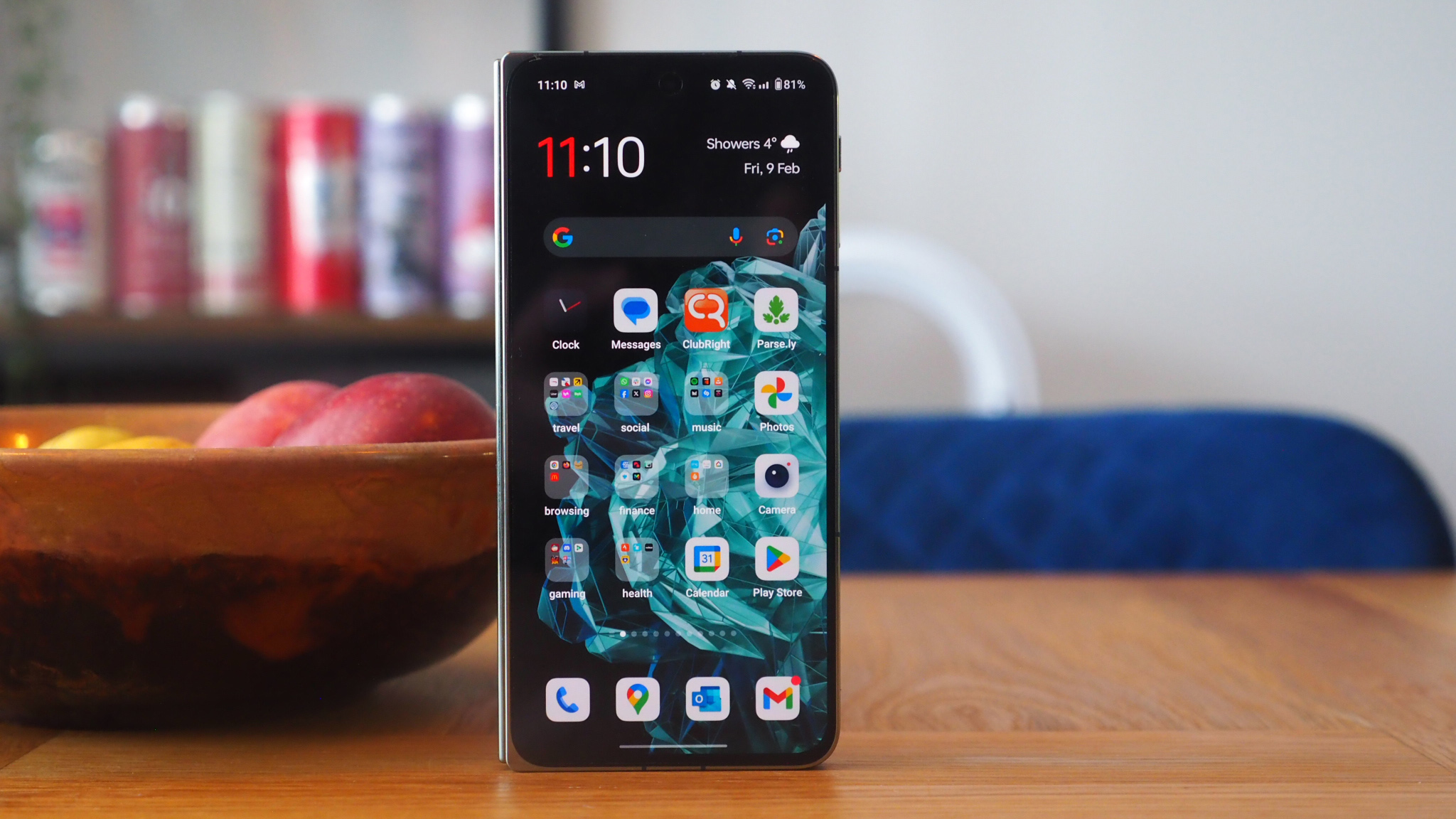
- Cover display: 6.31in AMOLED, 1116 x 2484 pixels, 120Hz, refresh 2800 nits (peak)
- Main display: 7.82in AMOLED, 2268 x 2440, 120Hz, 2800 nits
That 6.31-inch screen is across a 20:9 aspect ratio, so it's marginally skinnier and taller than the typical, but makes for super-easy one-handed use that's comfortable – maybe a little bit of a vertical stretch with a thumb, but that's par for the course with Android phones these days (unless you're talking about the best small phones). Brightness is ample, refresh rate is the current flagship standard and things look decent overall.
However, one thing that's unavoidable with foldables is that the internal display – i.e. the display with the fold line across it – has to be coated differently and that always results in a reflective quality that, personally, I find bothersome. It's also commonplace for fingerprint smears to be much more apparent as a result, which is also the case here. With the Open the reflective issue is even a bother for its front display – sat side-by-side against my Galaxy S24 Ultra, the difference is immediately apparent.
But this is really just part of the foldable life: if you're invested in the technology then it's an unavoidable trait. What's great about the OnePlus Open, however, is that it's by far and away the best foldable phone when it comes to other typical frustrations related to the internal folding display. Here the 7.82-inch panel is wonderfully massive, but opens with a more satisfying mechanism than any other foldable right now, and it's that hinge mechanism that also negates much screen 'crease' – the Open easily has the slightest visibility compared to the competition in that regard, which is great.
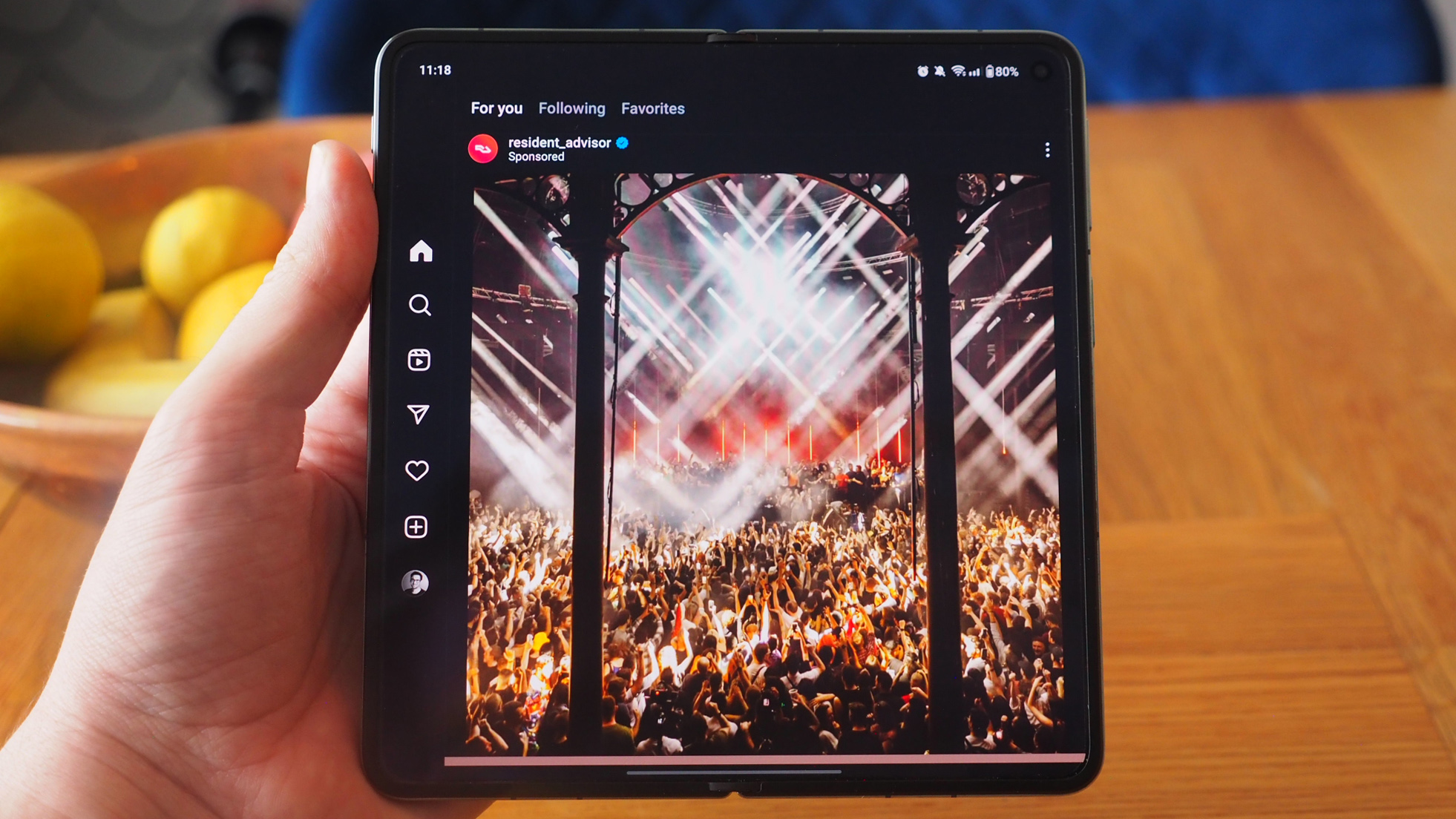
Much as I love the principle of a massive internal display, there's also another issue with the Open's unfolded mega-screen: it's sorta-kinda a weird aspect ratio. As you can see from the dimensions listed further up page, the 153.4 x 143.1mm measurement isn't far off being square (my calculations put it to 1.08:1, rounded up). Short of the best Instagram experience you'll ever have, it doesn't benefit much else: mobile games, movies, Netflix streaming and so forth present massive black borders.
Don't get me wrong though: some apps do certainly benefit, such as split-screen Gmail/Outlook offering two-handed typing layout; you can also part-fold the screen to create a stand which I've used for video calls on a desk when out of office; and the split-screen software arrangement does mean you can divide between two or three apps and create new workflows. Just not workflows that I find to be game-changing, really, which is why I've less than often used the device in its unfolded form.
OnePlus Open review: Performance & Battery Life
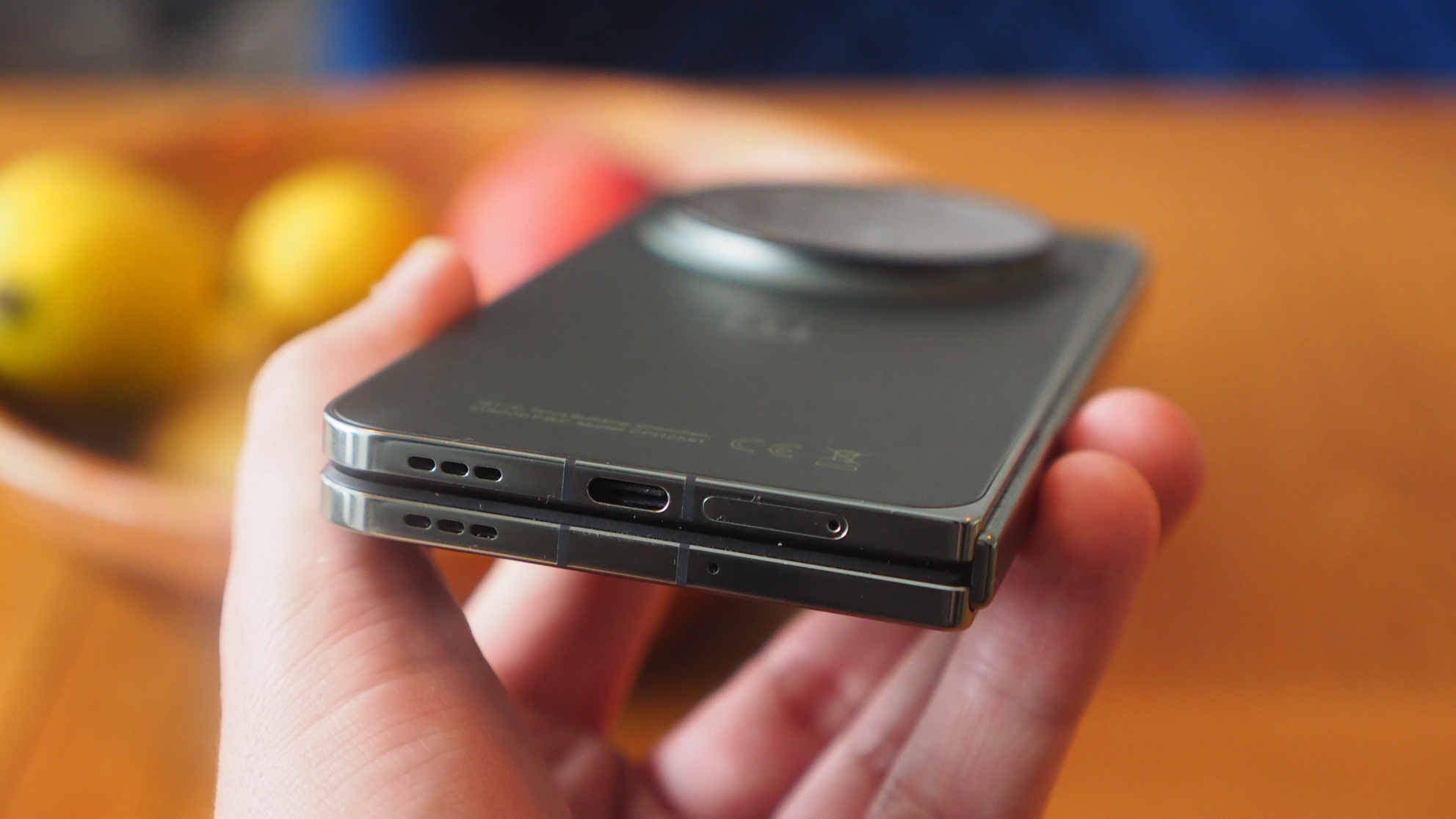
- Qualcomm Snapdragon 8 Gen 2 processor, 16GB RAM
- 4805mAh battery, 67W wired charging
Software is another aspect that each foldable maker puts its own stamp on. And while OnePlus' OxygenOS isn't miles away from stock Google Android, the Open's guise is slightly different to what you'll find in, say, the OnePlus 12. On the foldable you can't have more than four app icons across, not the five I'm used to. When an app is closed it doesn't take you back to the homepage, rather pages deep instead. And the move between the exterior display to internal folding display can often break how apps look, meaning they need restarting. Nothing totally destructive, but these minor irks still bother me.
I can't speak badly of the overall performance, though, as the Qualcomm Snapdragon 8 Gen 2 processor and masses of RAM will cut through anything with ease. Technically that processor is a generation behind the current, but even so I've not found that to affect battery life too considerably. Indeed, the OnePlus Open will last me through a day of use, from 7am to 10pm, with around 20% remaining. The only exception seems to be when mobile hotspot tethering, which really cuts deep, generates heat, and will require middle-of-day top-ups as a result.
It's the 16GB RAM that really helps the OnePlus Open be able to juggle tasks with ease: split-screen multitasking is no problem at all, so I've had no issues in diving between applications. However, with non-foldables such as the Galaxy S24 Ultra now offering new AI features – including Circle to Search – and an integrated stylus (which the OnePlus lacks) for alternative use cases, bigger-screen non-foldables do still make a compelling case for the more traditional format.
OnePlus Open review: Cameras

- Main (24mm): 48-megapixel, f/1.7 aperture, 1/1.43in sensor size, optical stabilisation (OIS)
- Wide (14mm): 48MP, f/2.2, 14mm, 1/2.0in
- 3x Tele (70mm): 64MP, f/2.6, 1/2.0in, OIS
- Cover (22mm): 32MP, f/2.4, 1/3.14in
- Selfie (20mm): 20MP, f/2.2, 1/4in
One area where OnePlus has seen opportunity to stick it to its main rivals is in the camera department. As folding phones are typically larger the majority of manufacturers have gone lightweight on the cameras to avoid adding the bulk, the impact on the device's overall design, and inevitably the cost. Not so with the OnePlus Open, though, this is flagship-grade in the cameras department.
That does mean a whopper of a raised circular area to the rear of the phone, though, which pokes out prominently. Encased within are a trio of lenses: a 48-megapixel main, backed up with a 64-megapixel 3x optical zoom, and a 48-megapixel wide-angle. A lot of the best flagship phones won't even match those stats these days, especially when it comes to resolution in zoom cameras. So kudos to OnePlus for not taking shortcuts here.

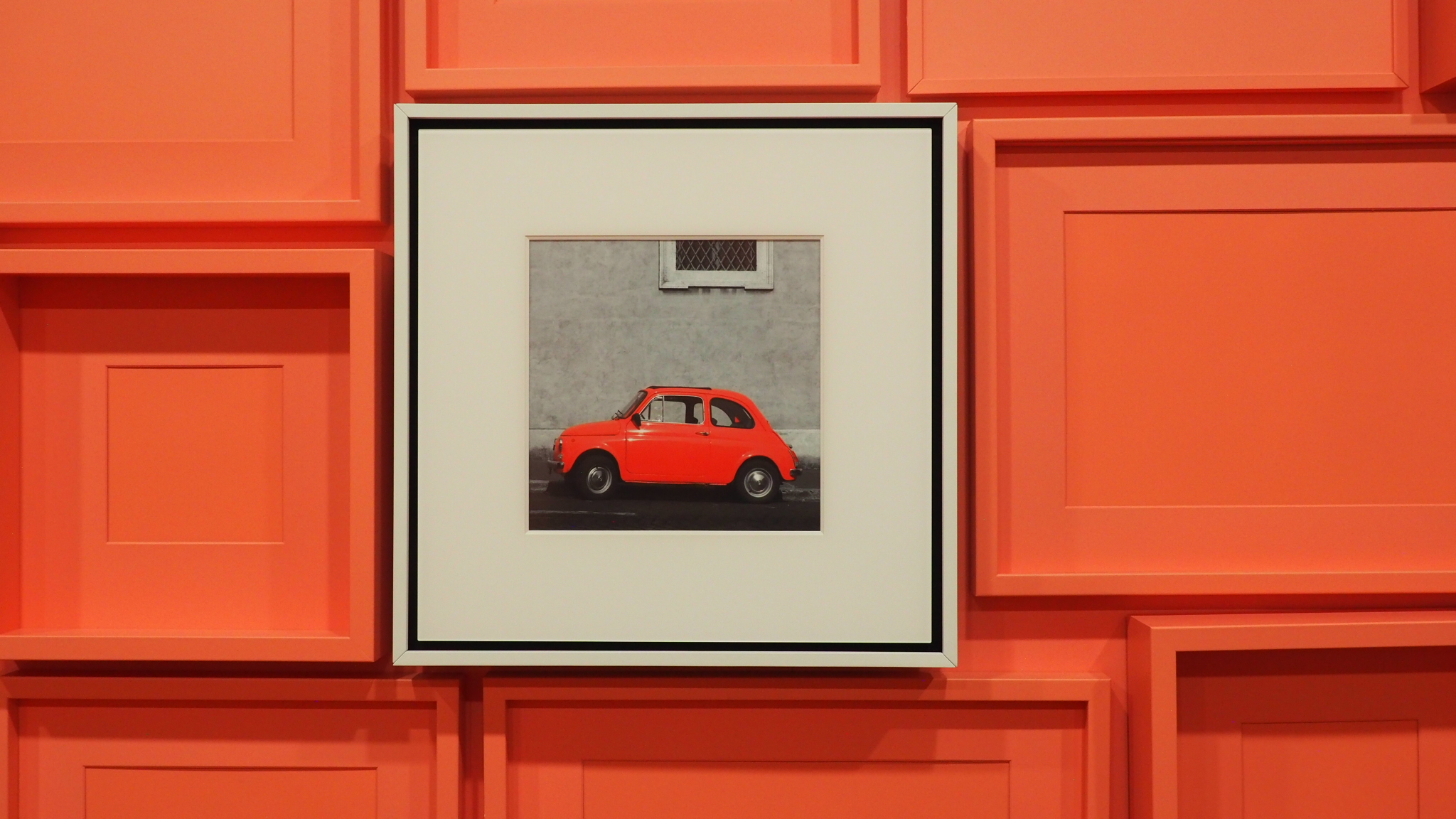
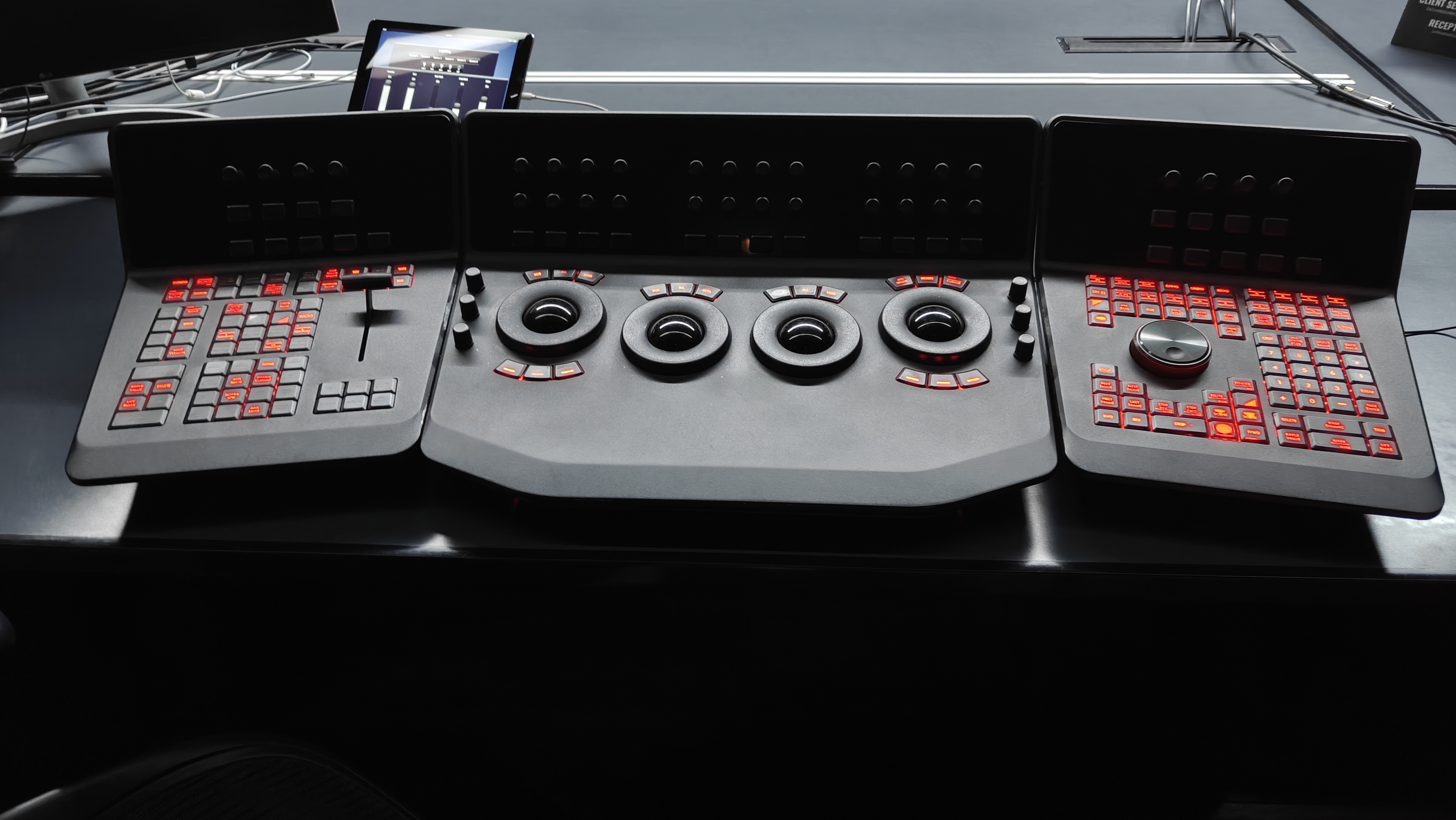
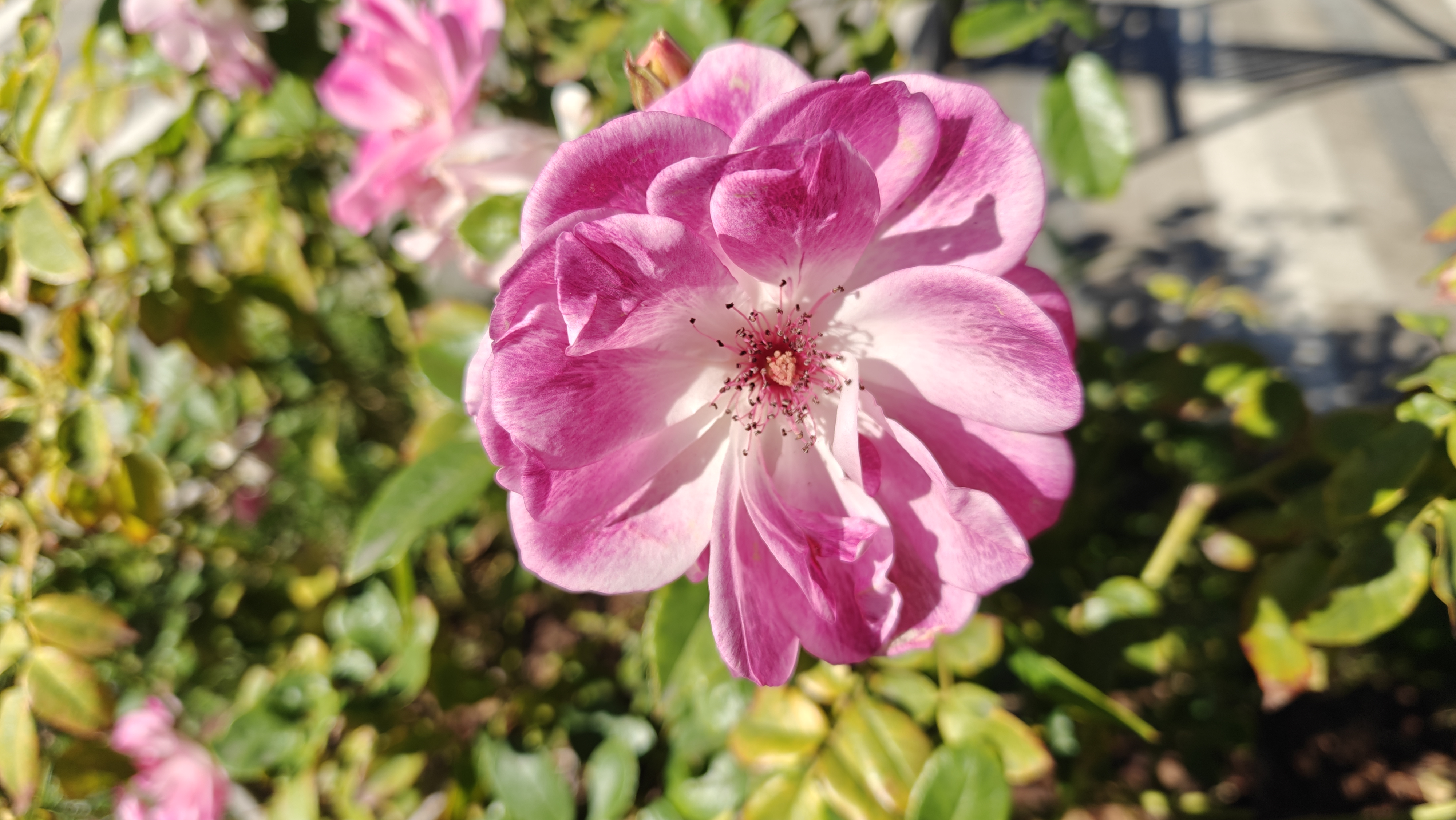
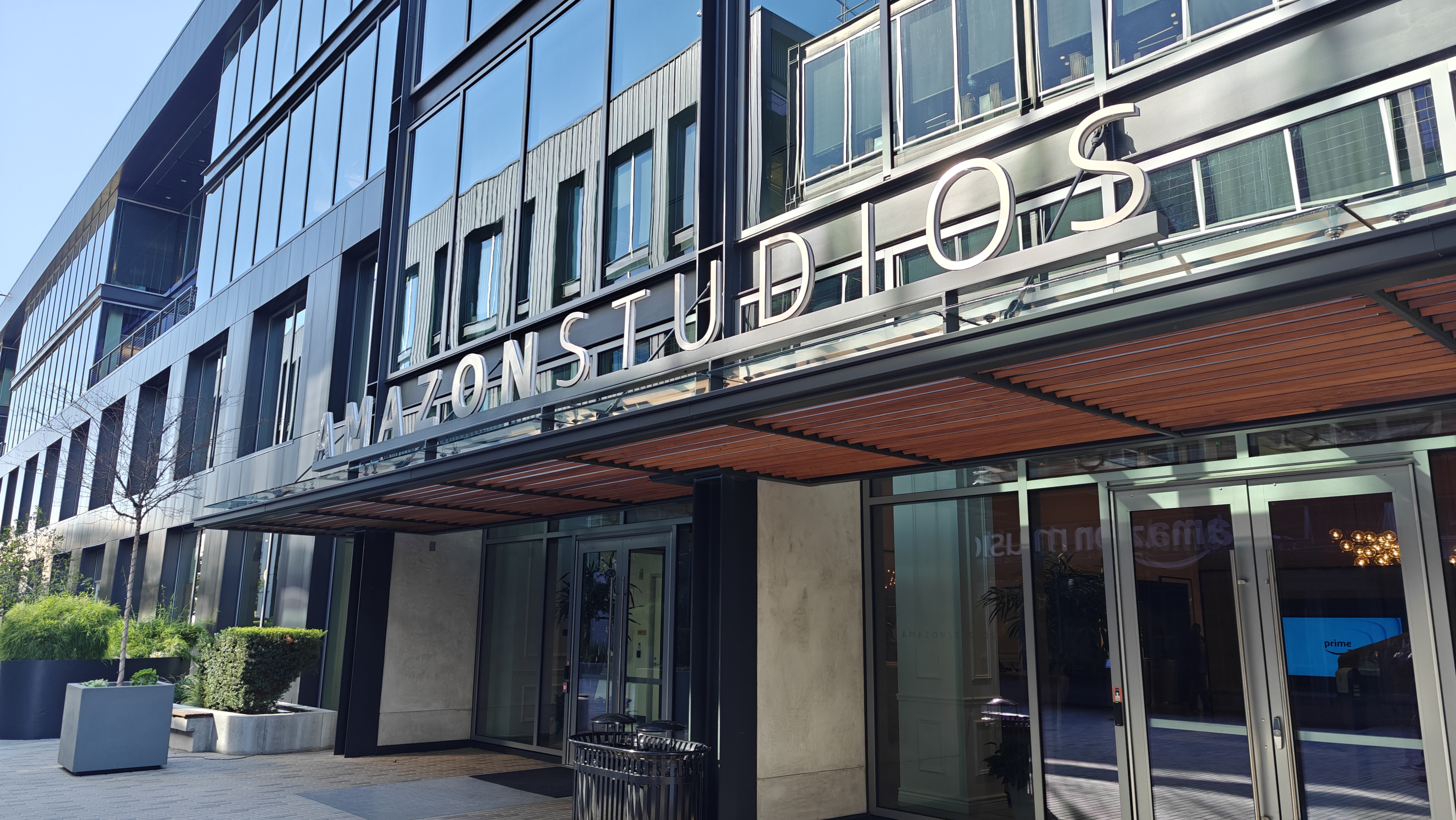


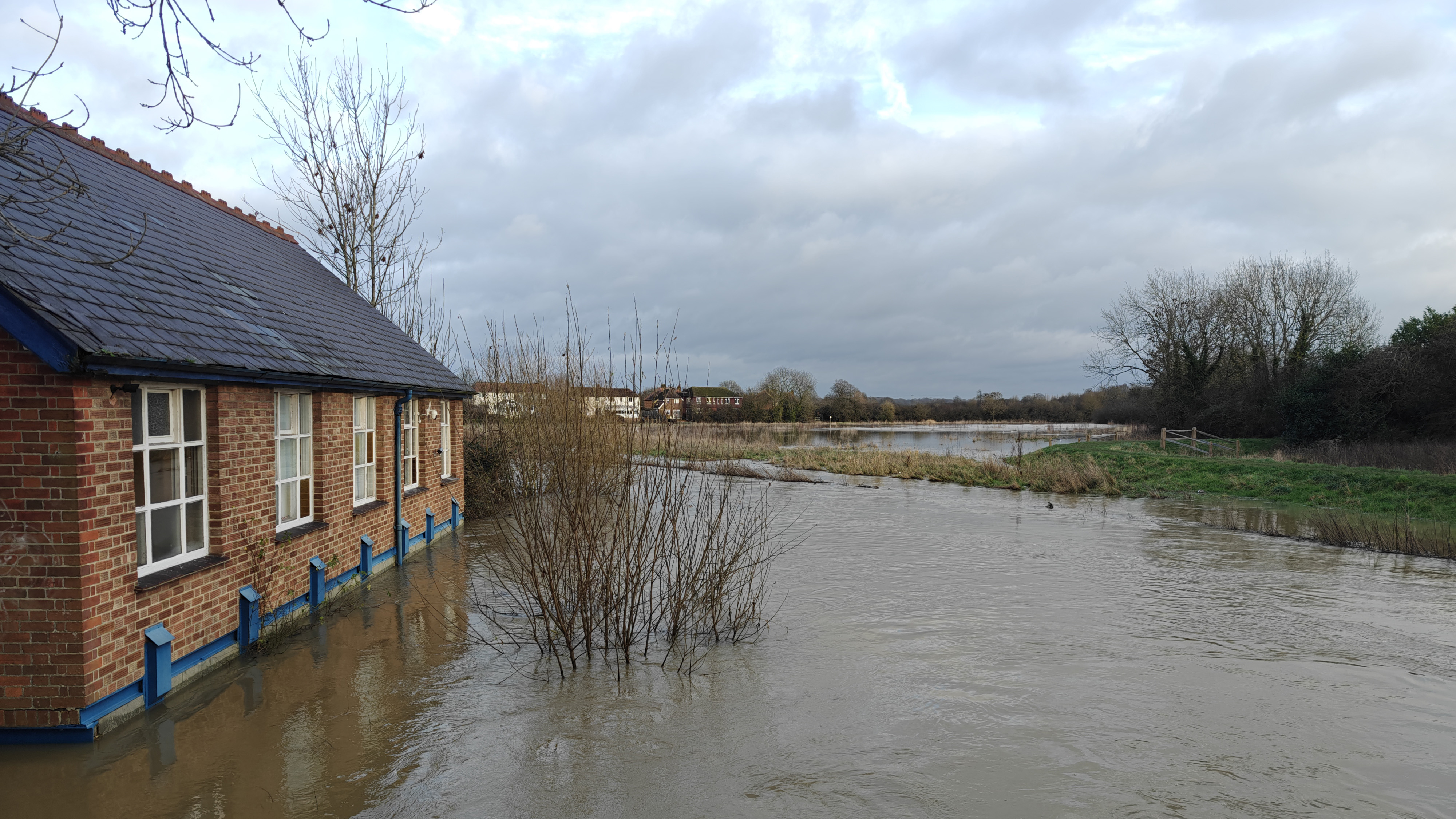


The cameras all work perfectly fine too: point and shoot with ease, tapping the screen to quickly refocus on your subject of interest. There's a Portrait Mode to further enhance the background blur (officially called bokeh), while other specific modes enable Night or Hi-Res (for making full use of the sensors' native resolutions – by default the camera pixel bins, utilise multiple 'pixels' to create higher dynamic range and detail), among others.
I've shot using the Open in a variety of conditions, seamlessly switching between wide-angle and zoom with a quick tap on screen, and the results all look convincing and well-matched between the differing optics and sensors. The image stabilisation is decent, too, enabling easy capture of hand-held shots and aiding in sharpness as a result too. The only criticism I really have is that shadow areas can be really overly deep from default processing.
OnePlus Open review: Verdict
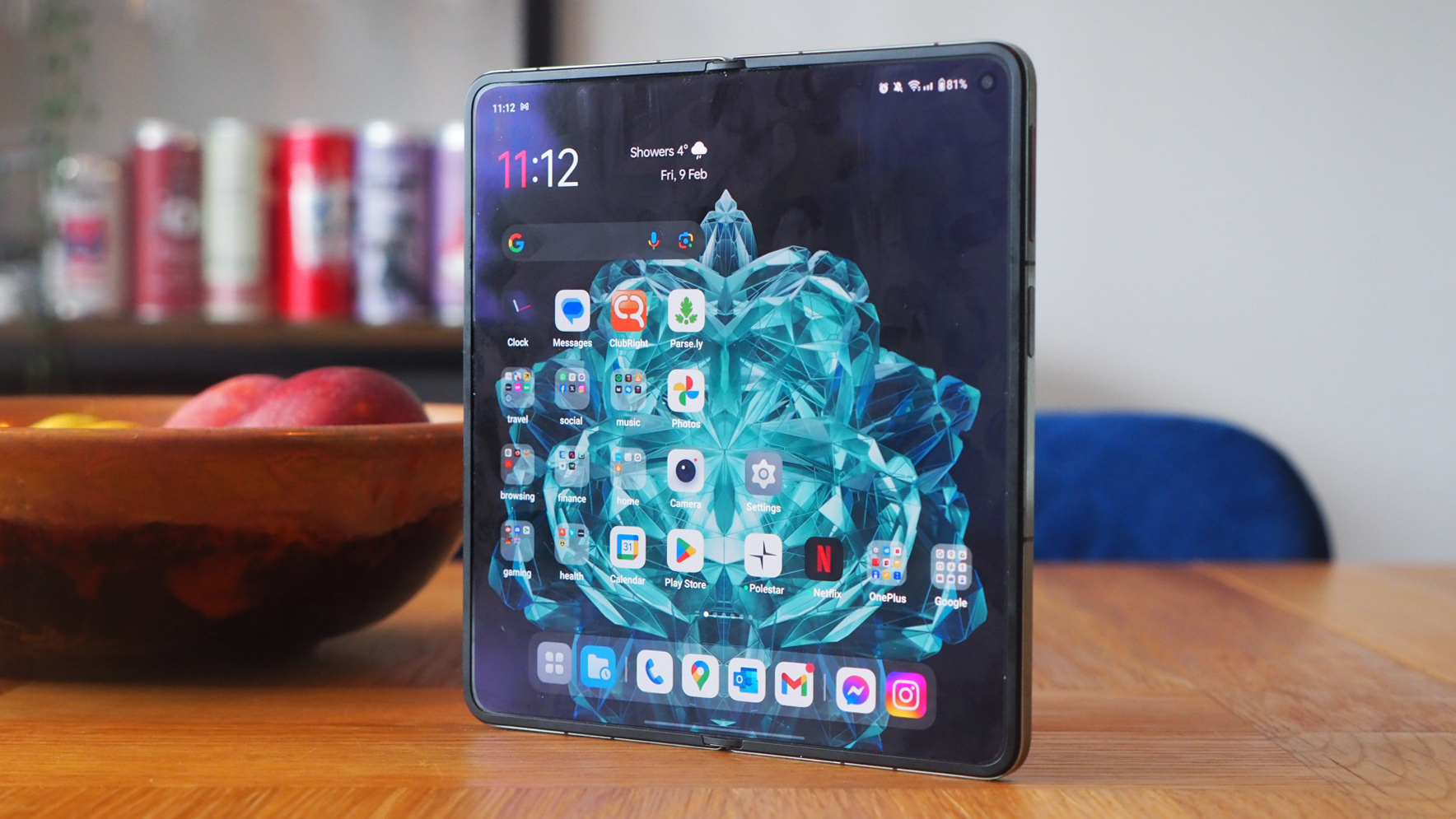
Having used most foldable phones in existence, it's clear to me that the OnePlus Open is hands-down the best one you can buy right now. That's thanks to a folding mechanism that's simply far smoother than the competition, revealing a main screen that has the mildest 'crease' of any foldable you'll see. It's impressive.
At the same time, however, because the front display of the OnePlus Fold is so similar to a flagship phone, and the design of the device isn't a million miles away from that either, it's often meant that I simply don't unfold the main display hidden within. When I do, that near-square aspect ratio isn't practical for a huge number of things in my view. Plus I'd prefer some OxygenOS tweaks for an even better general experience.
Despite my preferences, however, OnePlus' first foray into the foldables market (at this phone-meets-tablet scale anyway) is undeniably a major success. The Open doesn't compromise in any one department compared to its key competition, making for an experience that, right now, can't be rivalled. Especially if you want a foldable that doesn't shy away in the cameras department.
Also consider
While there are increasing numbers of foldable phone competitors, including from brands that you can't buy in a number of territories, it's the established makers (those already into multiple iterations of design developments) that come closest to giving the OnePlus Open a run for its money. The Samsung Galaxy Z Fold 5, for example, offers a rather different shape but is still very accomplished. Looking for something even slimmer? The Honor Magic V2 is also an impressive alternative.
Sign up to the T3 newsletter for smarter living straight to your inbox
Get all the latest news, reviews, deals and buying guides on gorgeous tech, home and active products from the T3 experts

Mike is T3's Tech Editor. He's been writing about consumer technology for 15 years and his beat covers phones – of which he's seen hundreds of handsets over the years – laptops, gaming, TV & audio, and more. There's little consumer tech he's not had a hand at trying, and with extensive commissioning and editing experience, he knows the industry inside out. As the former Reviews Editor at Pocket-lint for 10 years where he furthered his knowledge and expertise, whilst writing about literally thousands of products, he's also provided work for publications such as Wired, The Guardian, Metro, and more.
-
 New Tiffany & Co Bird on a Flying Tourbillon watch is like nothing you've seen before
New Tiffany & Co Bird on a Flying Tourbillon watch is like nothing you've seen beforeIt's a stunning, summery watch
By Sam Cross Published
-
 I love the Murderbot books, and Apple TV+'s first trailer has me excited
I love the Murderbot books, and Apple TV+'s first trailer has me excitedMurderbot is a series I can't wait for
By Max Freeman-Mills Published
-
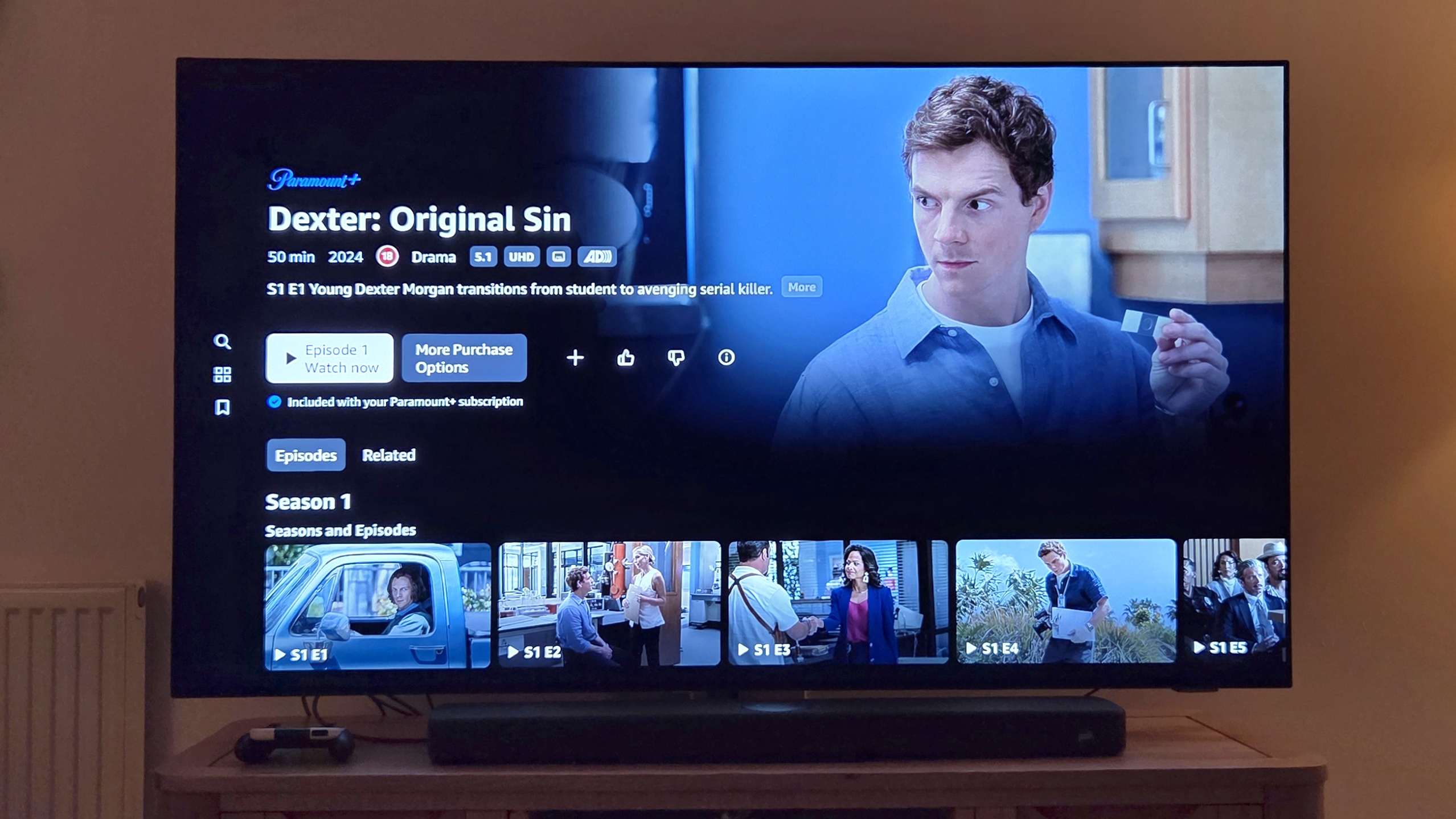 I did the unthinkable and subscribed to Paramount+
I did the unthinkable and subscribed to Paramount+Hear me out: Paramount+ is worth paying for right now
By Mike Lowe Published